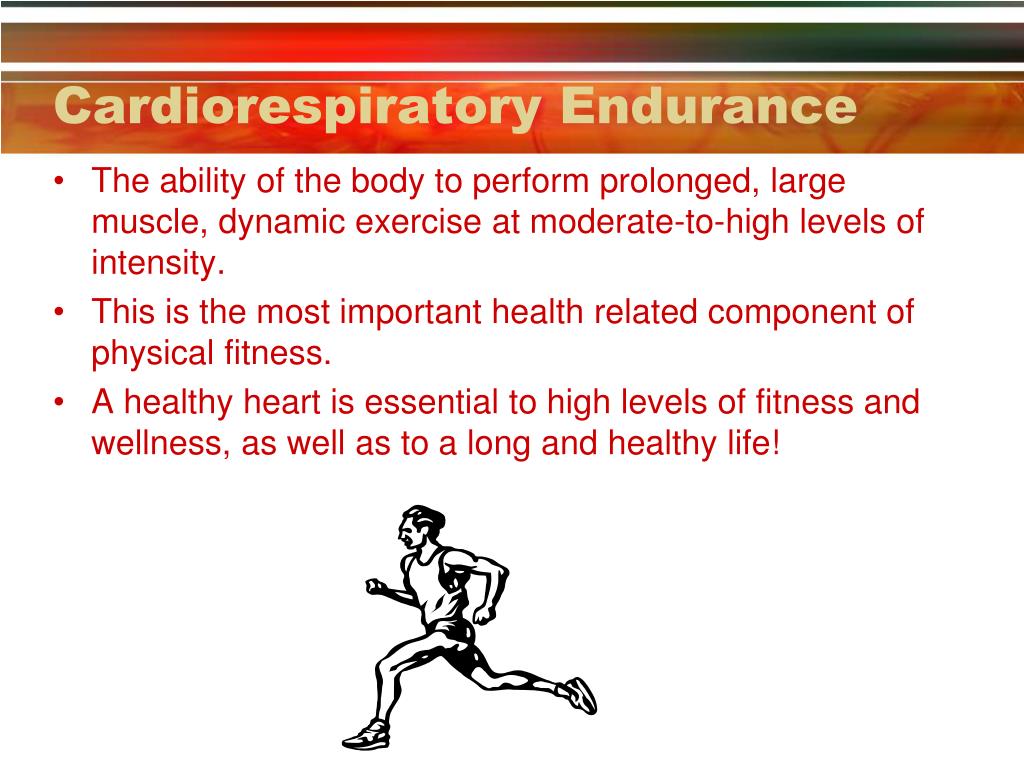

The interested reader is referred to a comprehensive review summarising our results. To study airway cells, we analysed induced sputum samples collected at rest and shortly after exercise to assess cell apoptosis and regeneration, and inflammatory markers. Our group has been particularly interested in studying the biological aspects of endurance exercise and training in the large airways of amateur athletes, including runners, swimmers and rowers. Similar results were reported by studies on the effects of endurance training in subjects with the metabolic syndrome. A recent meta-analysis including studies on the effects of running in sedentary healthy adults confirmed that BMI, body fat, resting heart rate and triglycerides decreased, while maximal oxygen uptake and high-density lipoprotein cholesterol increased, especially when regular training was prolonged over time. Habitual exercise is a potent factor in body weight control at all ages, and also exerts many other positive effects, including prevention of metabolic and cardiovascular disease and promotion of psychological well-being.

Mobilisation of endothelial progenitors during exercise may contribute to the positive microvascular effects of endurance training.

For example, training increases oxygen transport through haematological adaptations such as increased red cell mass and increased plasma volume. The central nervous system exerts a complex and fine tuning of ventilation during exercise and is involved in the perception of fatigue. This latter effect could be at least partly counteracted by specific training of the respiratory muscles, which was shown to improve exercise performance in both athletes and non-athletes. Several factors contribute to occurrence of hypoxaemia during exercise: inefficient gas exchange, vocal cord dysfunction, flow limitation in intrathoracic airways and high energy requirements by the respiratory muscles during heavy exercise. In healthy and fit individuals, hypoxaemia can develop at very high workloads. the structural and functional properties of the lung and airways remain essentially unchanged after training. In contrast to the cardiovascular system, which can be “trained”, the respiratory system is oversized for the ventilation required at rest, may increase ventilation more than 20 times over baseline during exercise, but cannot improve its performance beyond its natural limits, i.e. Endurance training forms the basis of exercise-based rehabilitation programmes in patients with cardiovascular disease, and exerts positive effects on autonomic balance and cardiovascular outcomes. In the elite athlete, cardiac output can increase up to 40 L⋅min −1, while in healthy subjects the response to exercise training is lower but still considerable (cardiac output from 5 up to 20 L⋅min −1). At the microvascular level, increased production of nitric oxide is associated with enhanced endothelium-dependent vasodilation and decreased arterial stiffness. Similar changes occur in the right ventricle. The left ventricle undergoes hypertrophy and dilatation, and sympathetic stimulation during exercise increases myocardial contractility, contributing to the increase in stroke volume to match demand. On the part of the cardiovascular system, increased supply of arterial blood (and oxygen) to the involved skeletal muscles and constant removal of metabolic waste (such as carbon dioxide or lactate) released by the exercising muscles require an increase in cardiac output. the machinery necessary for energy production), shifts in fibre type, and increased capillarisation of muscle fibres.Īerobic training requires the perfect matching of the respiratory and cardiovascular systems, in order to provide the muscles with the necessary supply of energy to be transformed into mechanical work. This occurs through complex modifications in muscle metabolism, with increased mitochondrial density and oxidative enzymes ( i.e. the beginning of anaerobic metabolism and lactate production, towards higher exercise intensity. Classical examples include running, swimming and cycling among summer sports, and cross-country skiing or speed skating among winter sports.įrom a physiological point of view, endurance exercise is typically performed at submaximal intensity, with the main purpose of progressively moving the anaerobic threshold, i.e. Endurance sports are characterised by repeated isotonic contractions of large skeletal muscle groups.

Among the different types of exercise training, predominantly aerobic activities appear best suited to attain favourable metabolic and cardiovascular effects.


 0 kommentar(er)
0 kommentar(er)
